
OUR APPROACH
We use science and education to clean our lake and support lake health.
Our work began with cutting-edge scientific research in limnology (the study of lakes), and every project we fund or decision we make, is rooted in data to this day.
Since 1975, we’ve been collaborating with scientists and researchers, divers and environmental experts to understand the state of the lake, identify current and future challenges and determine comprehensive plans to not only address the issues, but also engage constituents throughout the community to get involved.
THE SCIENCE
Cutting-edge research and innovative technology keep our lake clean & healthy
Innovative thinking has been at the core of our work since our inception. We embrace creative ideas about cleaning and protecting lake water quality that sometimes even defy previously held beliefs; and we’re committed to supporting the development of new technologies. Over the years, our comprehensive lake restoration program has inspired the implementation of state-of-the-art systems and positioned us as a leader in lake preservation.
We implement targeted programs to protect the ecosystem.
The quality of our lake water is affected by weather, climate change, homeowners and builders, people who use the lake recreationally, and more. We study Lake Waramaug and work to restore and maintain the ecology and water quality of the lake and its watershed.
-
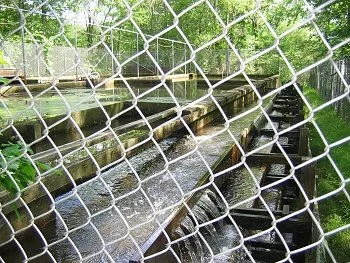
Restoration Systems & Facilities
Addressing the problems of the water already in the lake presented the most serious scientific challenge, and perhaps the most spectacular success. Our limnologist, Robert W. Kortmann, Ph.D., designed a unique "hypolimentic withdrawal" system to help contain the lake bottom phosphorus in the deep layer of the lake. Over the years, we’ve installed new Kortmann-designed Layer Aeration systems and we’ve continued to update and upgrade our systems in ongoing efforts.
-

Installation of Aeration Systems
There are four layer aeration systems or “aerators” in Lake Waramaug. The first two were installed In 1989, suspended in deep water along the Route 45 in Washington Bay. In 2015, the other two aerators were installed near the tip of Arrow Point.
-
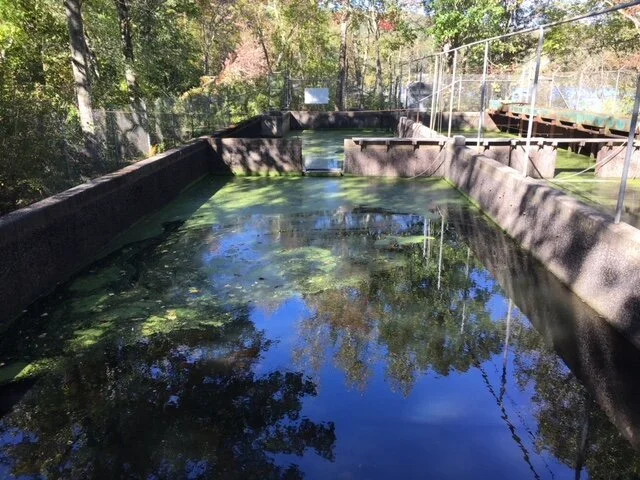
Zooplankton Farm
In 2016, with the guidance of one of LWTF’s consultant limnologist Bob Kortmann, LWTF converted the no longer used Frost Hypolimnetic Aeration system to a Zooplankton Farm. The purpose of the Zooplankton Farm is to re-establish a large-bodied, native in-lake zooplankton population.
-
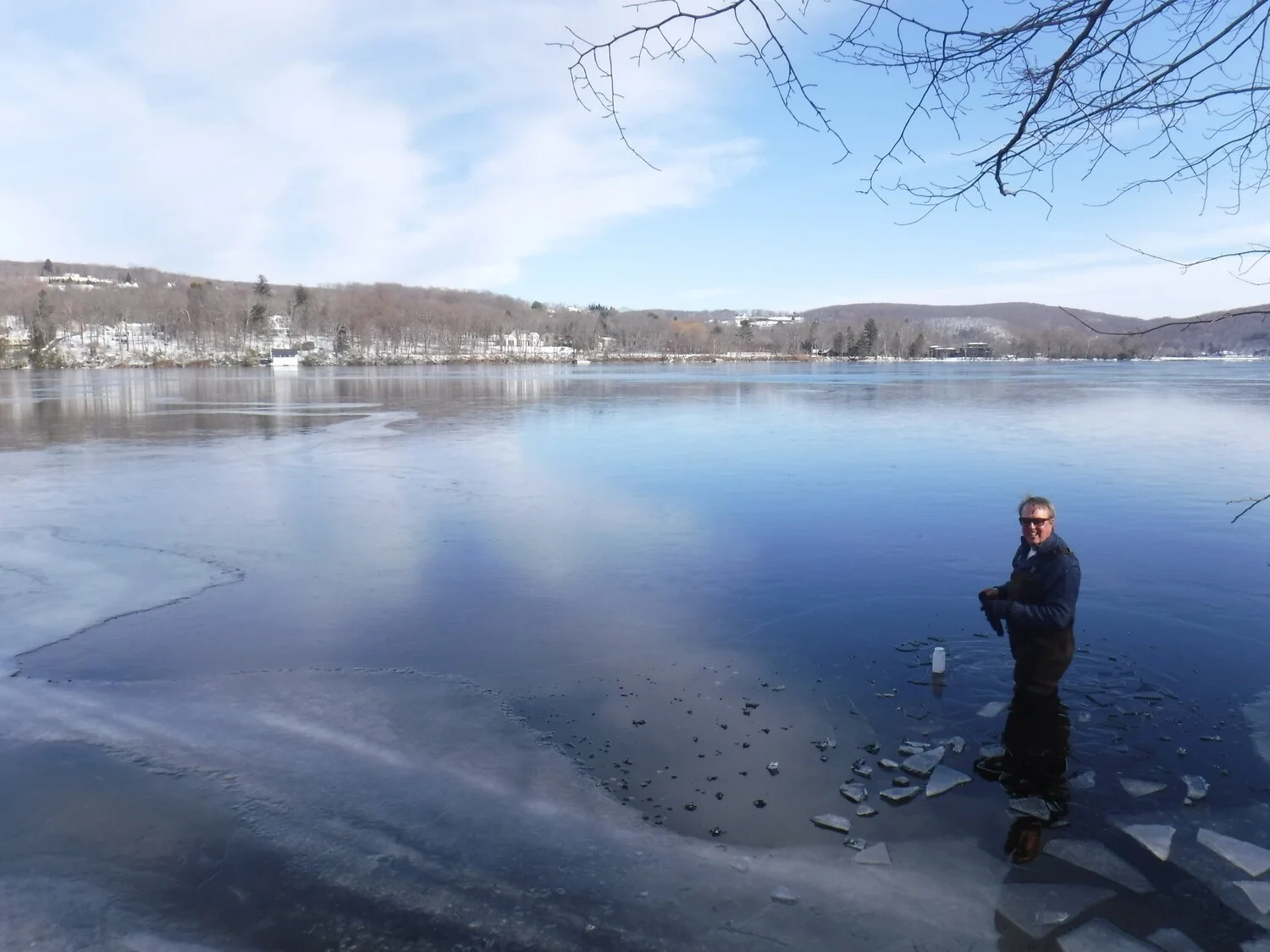
Water Sampling & Monitoring Year Round
We work throughout the year to keep Lake Waramaug clean, clear and swimmable. Even when ice covers the lake, there is water sampling and monitoring we can do to predict how the lake will behave in the following summer and fall.
-
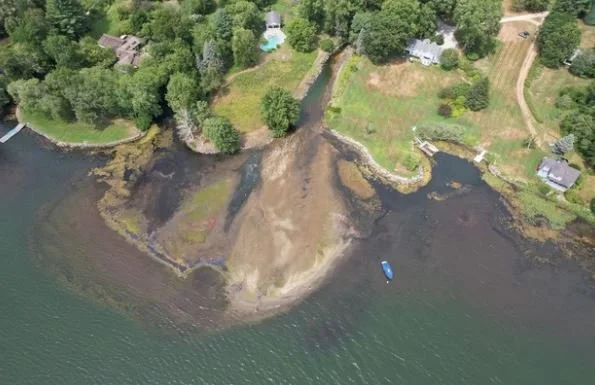
Watershed Management
When it comes to protecting the health of Lake Waramaug, the story does not start at the shoreline. It starts miles away in the Watershed where various forms of pollution, including stormwater runoff and erosion, begin their journey to the lake. We’re working on implementing greater protection strategies and protocols in Lake Waramaug’s watershed.
-

Working with the Lake’s Three Towns
We worked successfully with the towns to develop zoning regulations within the watershed which would: 1) limit building too close to the shoreline, and 2) limit the percentage of impervious surfaces in developed properties throughout the watershed. Impervious surfaces, which include driveways, walkways and athletic facilities in addition to roof areas, reduce the natural filtering effect of the soil and create harmful water runoff into the lake.
-
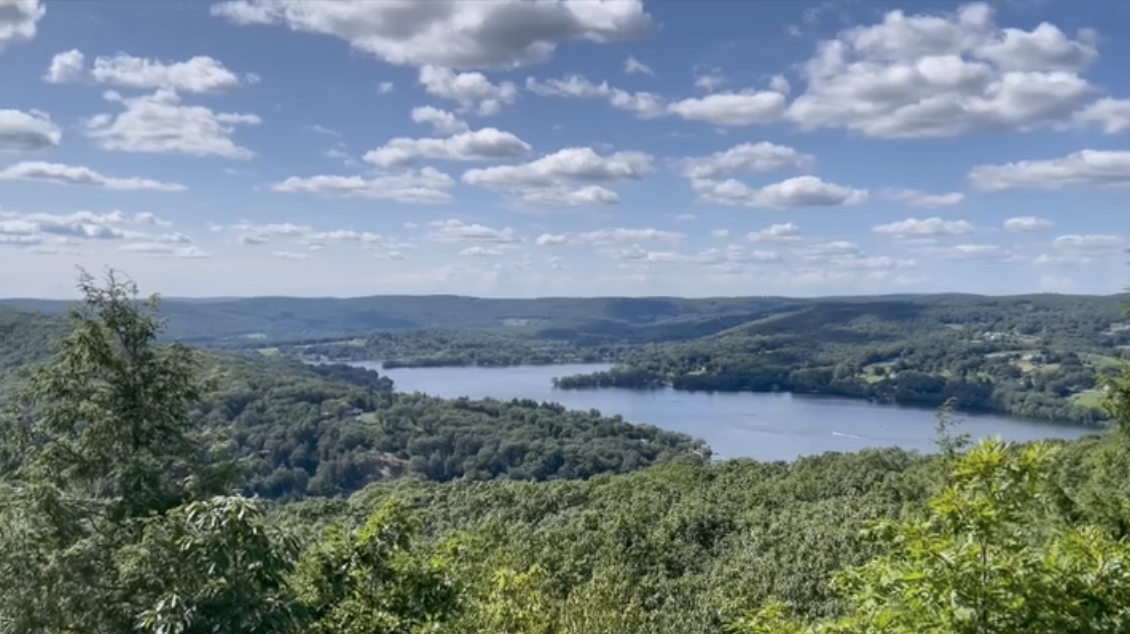
Watershed Education & Advisories
The Lake Waramaug watershed—the geographic area from which water eventually drains into the lake—is of vital significance to the quality of the lake's water. Housing development, the use of fertilizers by farms and in homes, commercial waste, the purchase and planting of invasive aquatic species and other activities can be seriously detrimental to the lake, even miles away from the shoreline. Consequently, our initiatives focus on the entire area.
-

Wake Boat Information
We’ve reviewed and compiled a significant number of reference materials with information about wake boats and their effect on the lake.
-
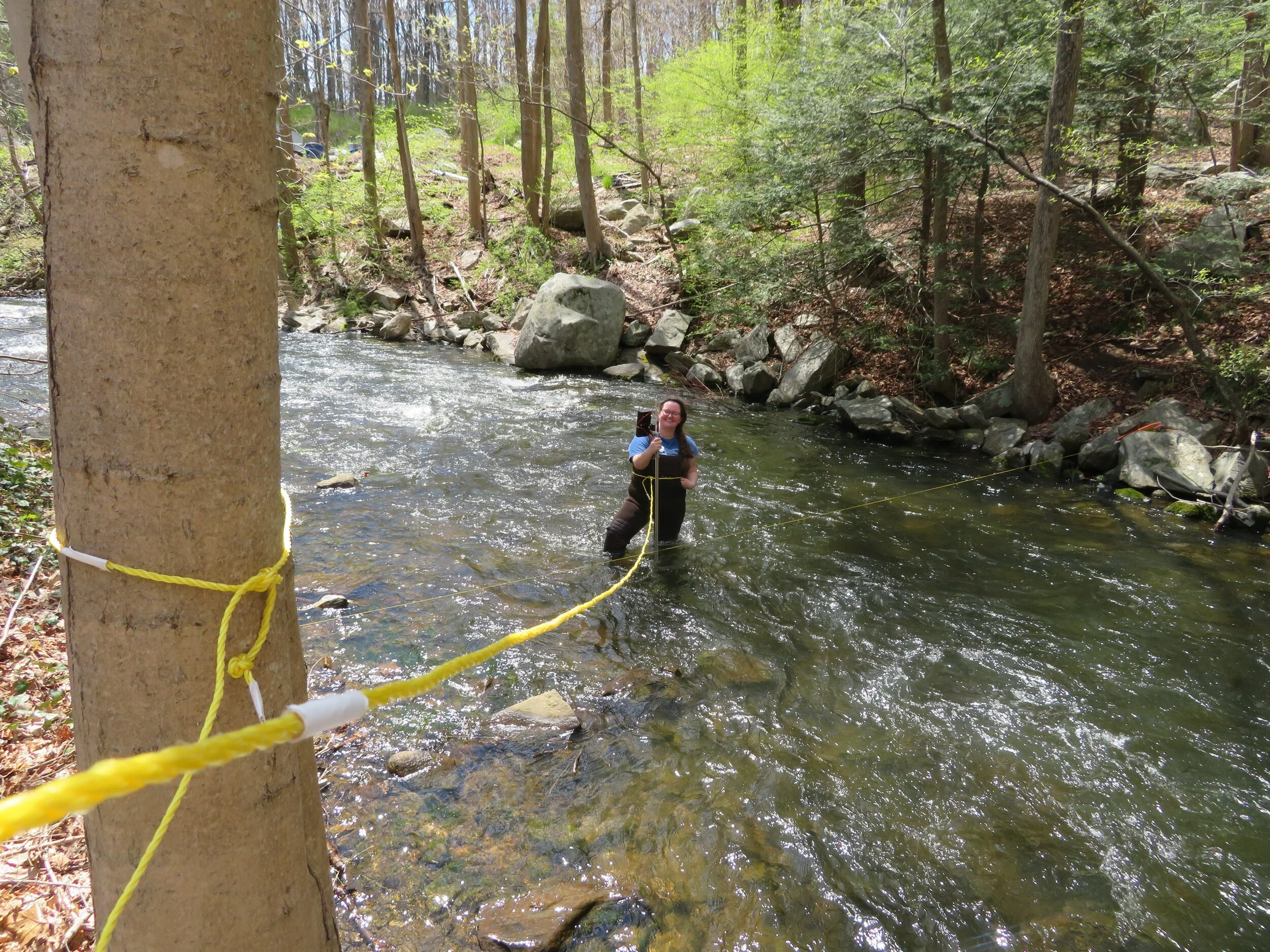
Installation of In-Lake Staff Gauge
We installed a new piece of in-lake hardware near the Washington Dam! The staff gauge was installed to provide an accurate, instant measurement of lake elevation. The goal of this new staff gauge is to allow us to monitor lake elevation instantly and create a historical record.
-

Riparian Buffers & Tips to Deter Geese
The Residential Canada Geese population are an increasing problem for lake residents and water quality. The decreasing severity of winters is making migration obsolete. Traditional methods of geese deterrence are not as effective because this year-round population behaves differently from the migrating population; however, there are still some tips and tricks that can be used to deter geese.
-
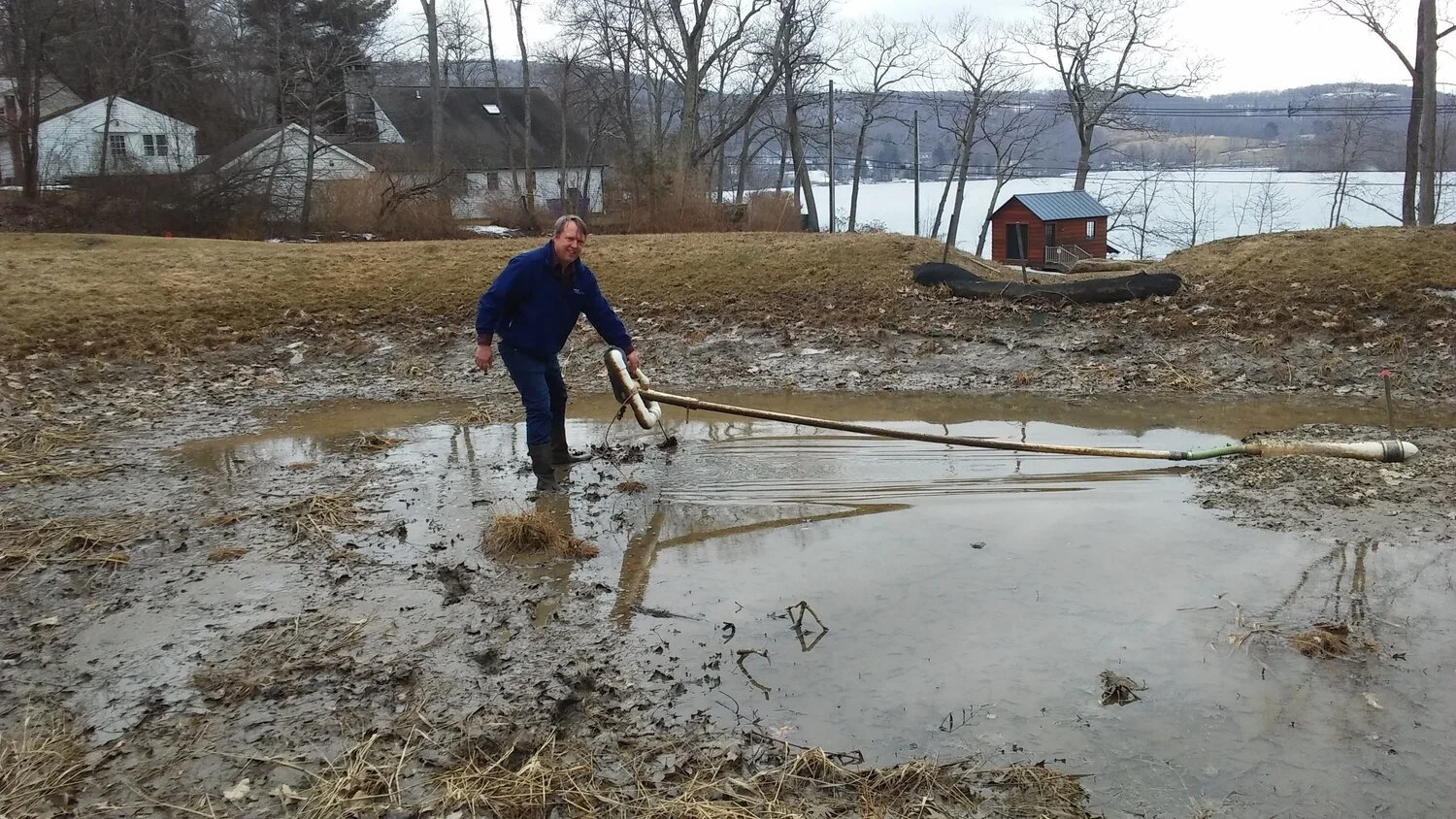
Free Soil Scientist Services
To protect the lake from the negative water quality effects of land development, we offer the three towns bordering the lake (Warren, Washington and Kent) construction inspection assistance. We also provide advisory soil scientist services to all the residents in the Lake Waramaug watershed.
-
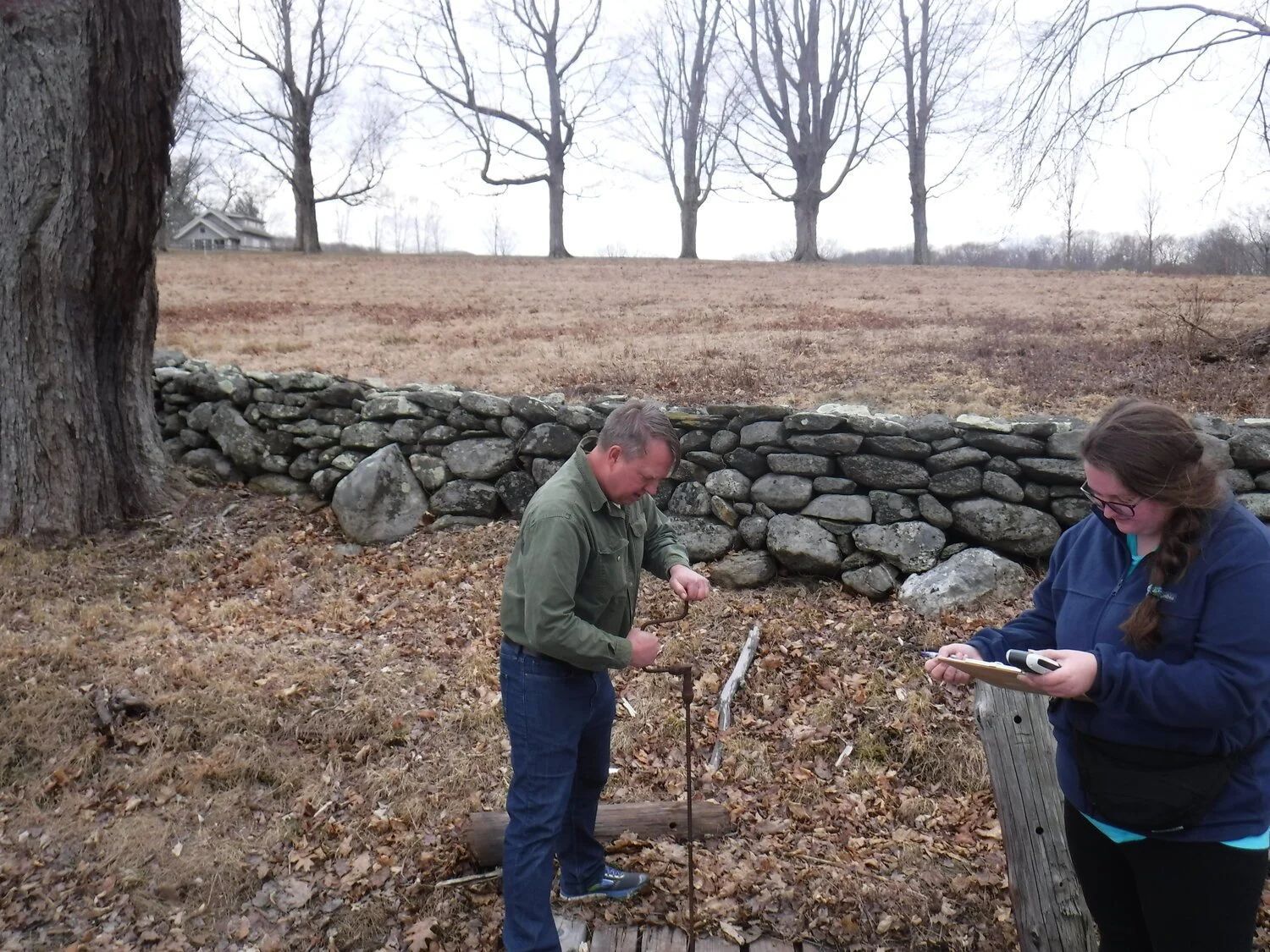
Catch Basin Inventory Project
We’ve undertaken a multi-year effort to inventory all the catch basins, outfalls and other stormwater structures around Lake Waramaug. We are cataloging the structures’ location, condition and how they are connected. Using the catch basin database, we can identify pollutant hot spots near the lake, and attempt to create management strategies.
-
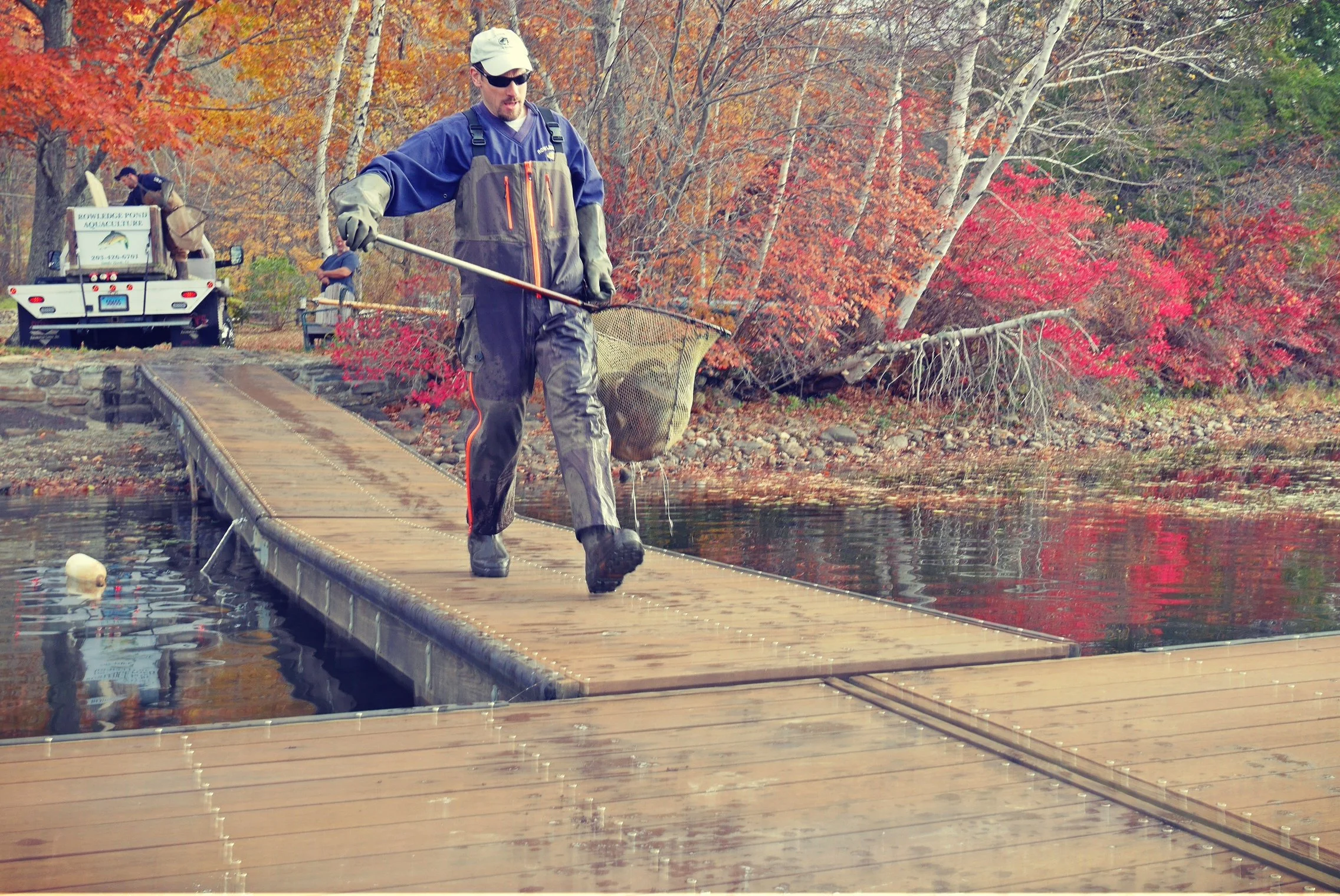
Stocking and Seeding
We developed programs for fish stocking (primarily brown trout) and zooplankton seeding which would be beneficial to the water quality. In one case, we reversed a long-standing practice of stocking alewives that was determined to be having adverse effects.
-
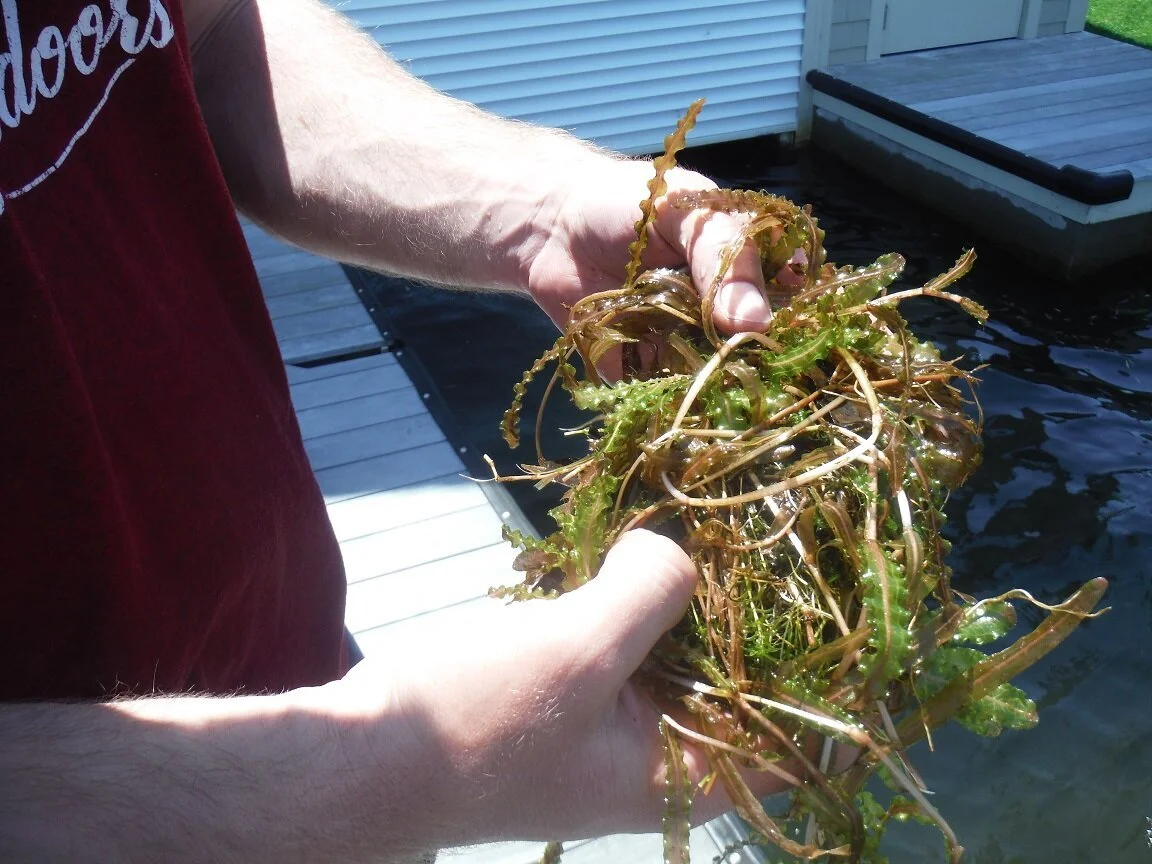
The Threat of Invasive Species
Invasive plants such as Eurasian Milfoil, Curly leaf pondweed and Water Chestnut, as well as Zebra Mussels and some fish, have devastated nearby lakes and present an ongoing threat to Lake Waramaug. We developed a plan for prevention, early detection and an immediate response to these threats, including the support of a program to require inspection of all motorboats being launched on the lake that may accidentally introduce invasives picked up elsewhere.
-
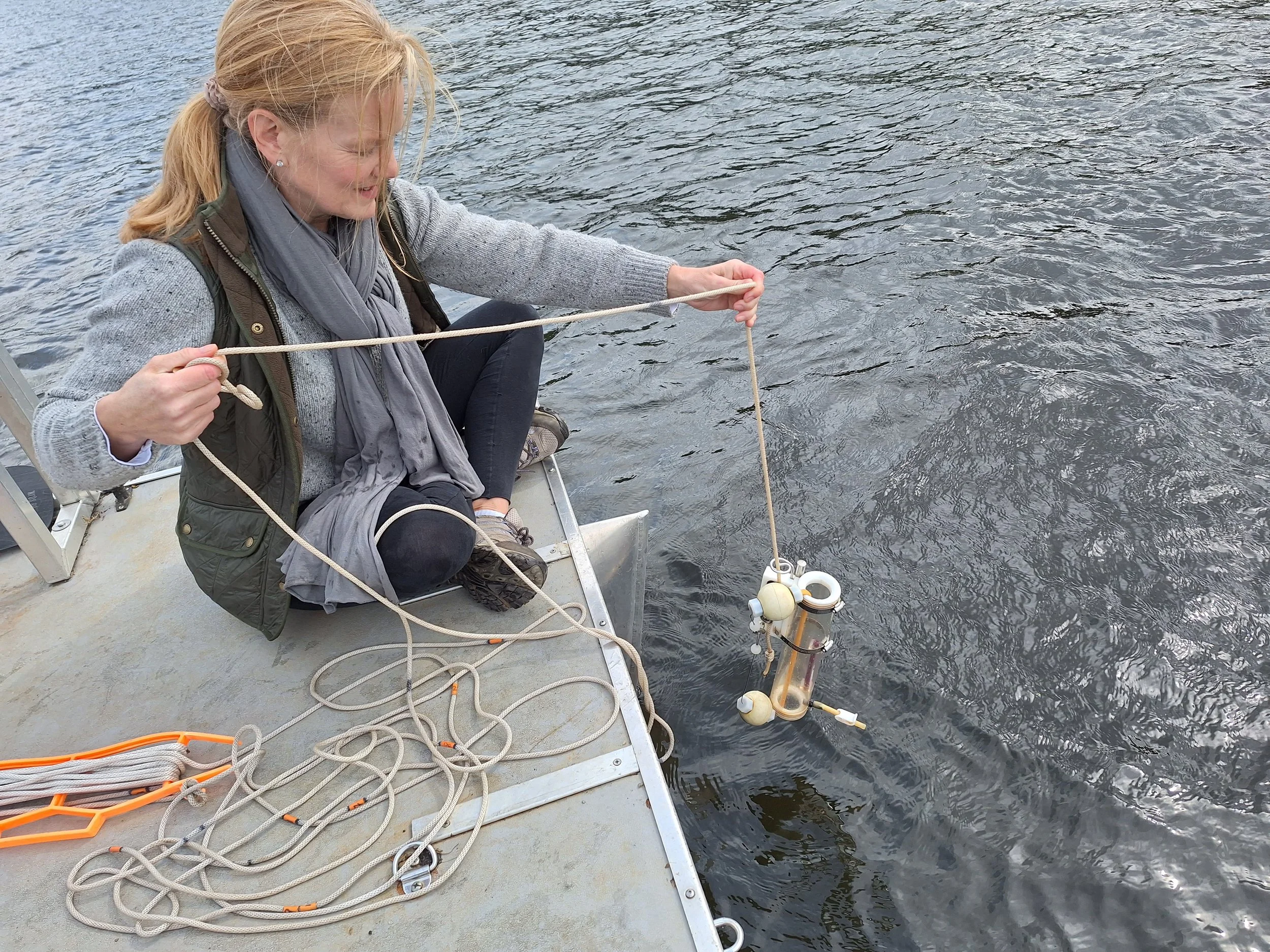
Monitoring Climate Change with Data Loggers
We installed four submersible mini-Dot® temperature / dissolved oxygen data loggers into Lake Waramaug. Strung together in a line, each logger was placed at a different depth and collects hourly water temperature and dissolved oxygen concentrations year-round. This data will help us prepare for and combat the negative water quality effects of climate change.
-
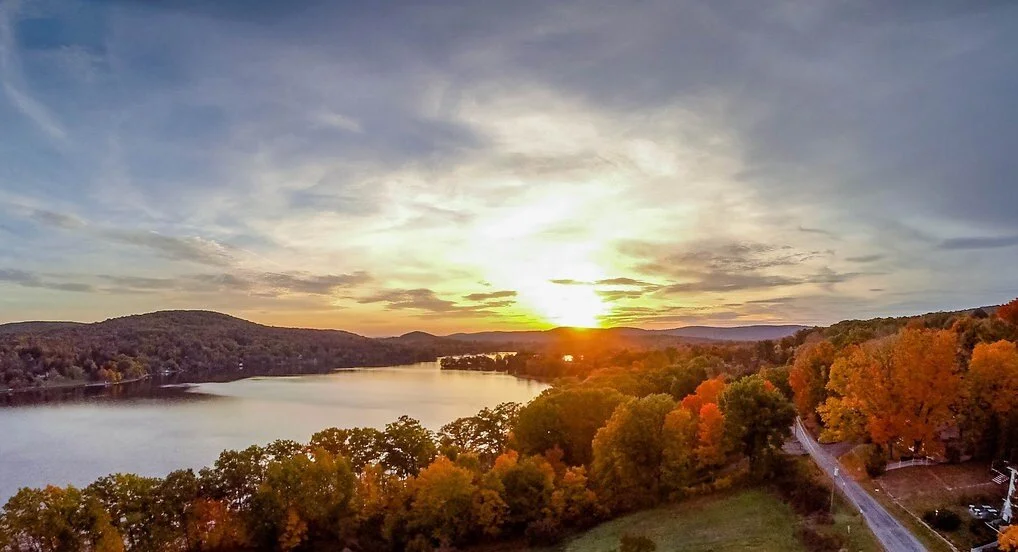
Fall Tips for Protecting the Lake
Lake Waramaug is only as clean as its watershed. Every person’s actions, from the lakeshore to the top hills of Warren, dictate the health of the lake during fall, and how the lake will behave the next year. Here are some tips on what you can do to help protect Lake Waramaug during the Fall.
Our Scientists
-

Dr. Robert Kortmann
Principal Limnologist for GZA’s Environmental Consulting Services
When Dr. Robert Kortmann was working towards his Ph.D. in Limnology, which he earned in 1981, some of his thesis work was accomplished on Lake Waramaug. And he’s been working with the Lake Waramaug Task Force ever since—analyzing water quality and devising natural solutions to prevent toxic cyanobacteria blooms. He was the first to design and construct a Layer Aeration System prototype, which he developed for our lake. Today he helps our staff manage four in-lake Layer Aeration Towers, which have greatly improved water quality over the last three decades. Bob’s ground-breaking technology on Lake Waramaug is now a standard measure for improving water quality in many drinking water reservoirs across the country.
-

Dr. George Knoecklein
Principal Limnologist and owner of Northeast Aquatic Research, LLC
Dr. George Knoecklein received his Ph.D. in Limnology in 1997—also after conducting thesis work on Lake Waramaug. George is an expert in rare and endangered aquatic plants with over 40 years’ experience studying Lake Waramaug and other lake systems in New England and Michigan. By mapping the in-lake vegetation every year and hand pulling all invasive plants in the lake, George and his team have been key in helping our staff virtually eradicate all non-native aquatic plants in Lake Waramaug—all without the use of aquatic herbicides.
-

Dr. Benjamin Burpee
Applied Limnologist for GZA’s Environmental Consulting Services
Dr. Benjamin Burpee has a Ph.D. in Ecology and Environmental Science and assists with the growing workload created by Dr. Kortmann’s success. With a passion for understanding freshwater systems and their environmental health, Ben has helped compile, distill, and archive our almost 50 years of water quality data, allowing us to examine the long-term water quality trends of Lake Waramaug.

